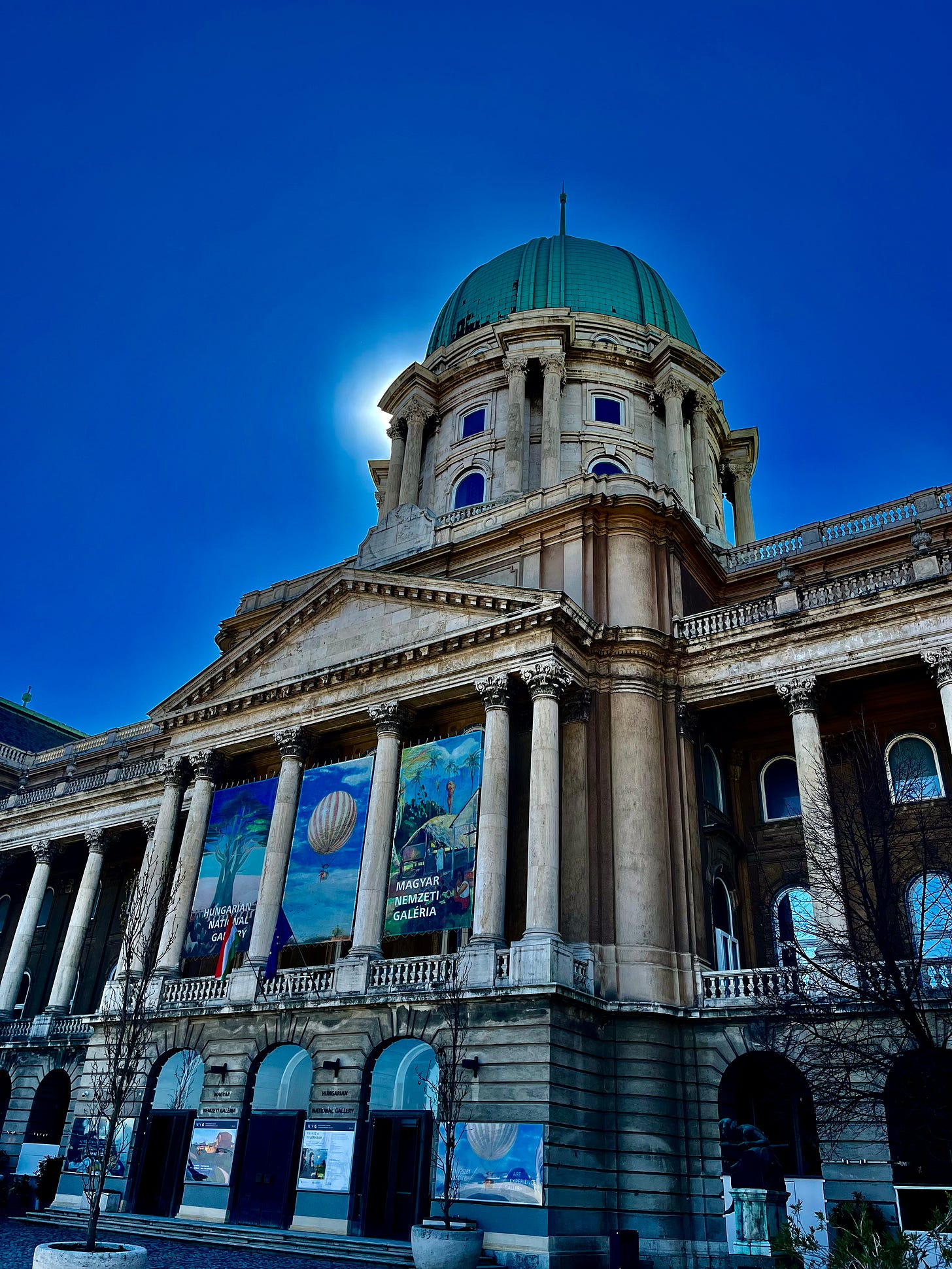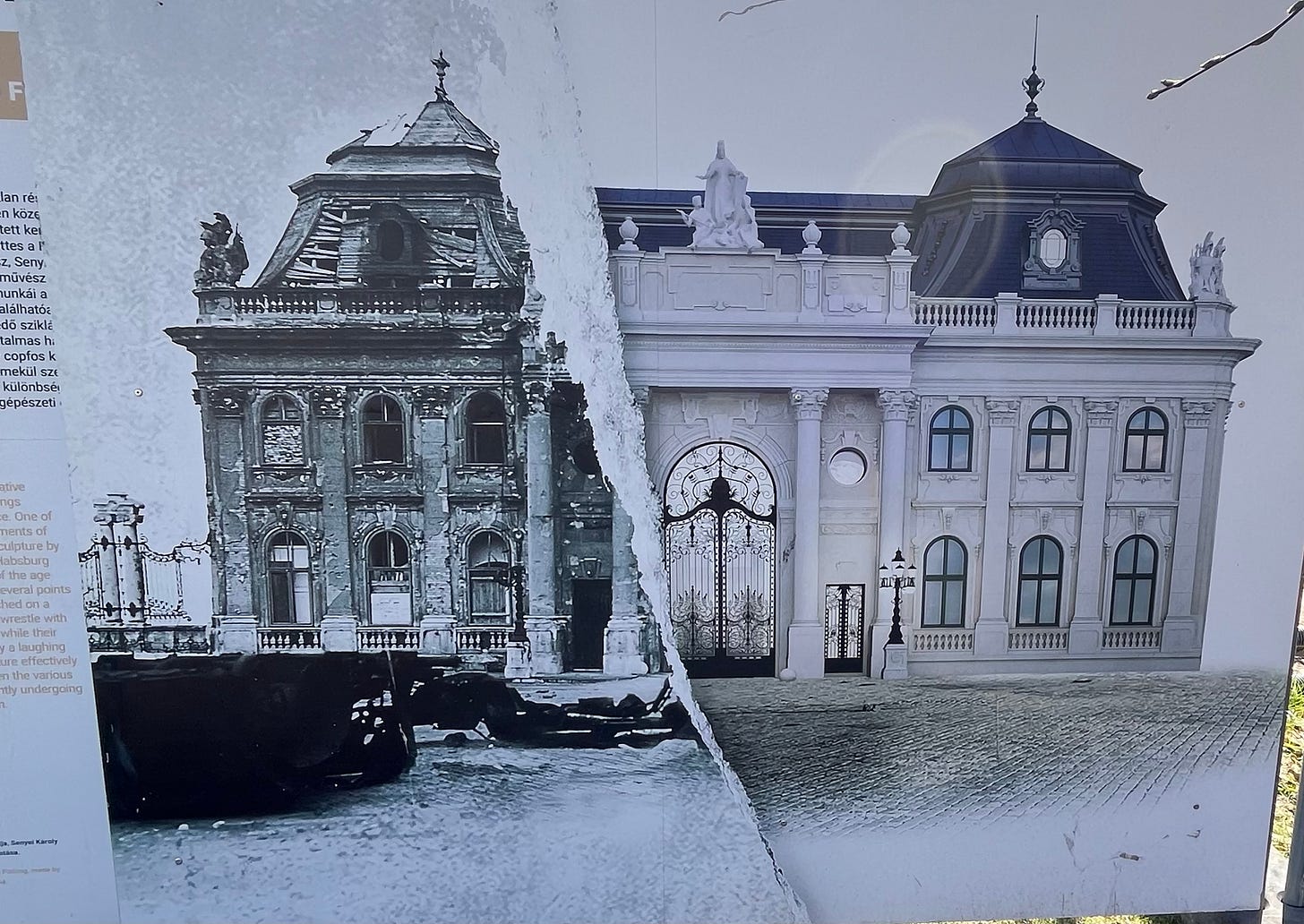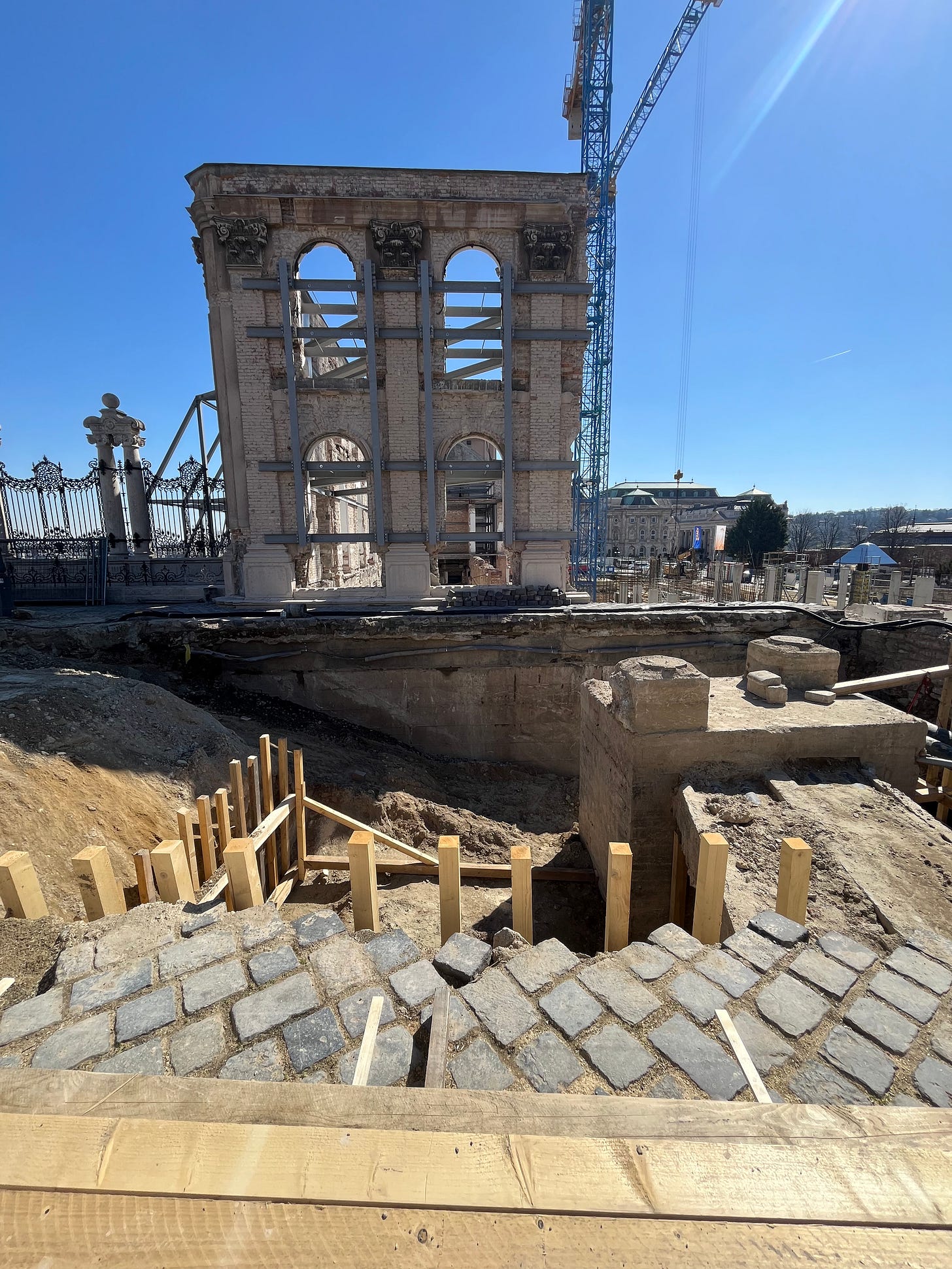The hard work of rebuilding
Rebuilding is hard, but it's always worth it.
“The scaffolding just came down.”
Our tour guide said this as we wandered past several buildings in an ancient European city. The tour guide was actually a missionary, sent by his denomination, and he had lived in that town for more than 20 years. He knew the place forwards and backwards, and was happy to show us around after our ministry work was done. We had spent several days focused on church revitalization with rural pastors and churches in this foreign country, and my mind turned there time and again seeing how the old city had been rebuilt time and again after wars, invasions, time, and rebellions. In the same way the local church that faces conflicts, downturns, and strife can be revitalized to better spread God’s word and reflect his beauty
.
The city of Budapest was ravaged by both World Wars 1 and 2, with invasions by the Russians and Nazi Germany with over 8,000 tons of bombs dropped on the city. During the Siege of Budapest the city saw intense fighting in the streets, starvation, damage to it’s historic city center, and as the Nazi’s left they blew every bridge combining the two cities of Buda and Pest. After that, communism rose bringing even more strife and suffering to the country. Communism finally fell in Hungary in 1990, and the capital city has been trying to restore itself physically, mentally, financially, and spiritually for more than 30 years. A review of an open air exhibit commemorating the siege of Budapest notes that no one even talked about the siege for decades, and it wasn’t until the end of communism that those wounds could begin to heal. Since then, the city has worked hard to bring life back to the old buildings around the city. Many of the buildings and streets might seem ancient, but most of them have been rebuilt over and over through the years. For example, just recently a building that sat half ruined for the eight decades since the war was fully restored to beauty and function and became a central government office
.
Churches in need of revitalization often suffer the damages of “war” too. The effects of time, strife, moral failures, or changing demographics frequently leaves churches in ruins. Facing the ruins of a devastated church, it seems easier to tear it all down and rebuild something new and shiny, writing off the church as a cautionary tale from the past. But church revitalization requires the hard work of understanding the past in order to learn from it and help the church be what God calls it to be in the present. Similarly, many in Budapest thought it best to tear down the old damaged buildings and put new modern ones in place, but the leaders ultimately chose to take the time and expense of historical restoration and remodeling, in order to give the city a spirit of both beauty and function once again. Much like the city of Budapest took decades to talk about the horrors of war, so churches are reluctant to talk about their decline. One of the most important things a church can do is talk about the decision and events that led them to their current place. But for churches in revitalization, talking about it is often the last thing they want to do. But the journey towards strength in the present always starts with a honest conversation about the past.
The city has gone to great lengths to restore most of the buildings to what they looked like in the past. With painstaking detail they continuously work to return what time and war had taken from them. Church revitalization works in the same way, making the effort to restore a diseased church to health through the efforts of biblical means. A new modern building has it’s beauty, but there is something about the restoration of a building that has survived war and time that has a special attraction people love to see. Similarly, some would say it’s better to give up on a church and build something new instead, but there is something about a revitalized church bringing glory to God again that a new church plant can never match.
But that doesn’t mean it will be easy. Some buildings around the city were so ravaged by war that only the facade could be saved, and new foundations had to be built. Likewise, a revitalized church can only be restored through the biblical means of a renewed focus on the foundations of church life: worship, prayer, community, and God’s Word. Some churches, like some of the buildings around the city, take more time and effort. The length of time spent in repair is proportionate to the damage that was done to it. Whether in the city or in a church, revitalization means hard work that might take decades to complete
.
As I walked through the city I wondered, how does this happen? How do you begin to rebuild after a war? How does a church begin the long climb out of strife, apathy, or laziness? Revitalization begins where every great work begins: with a dream. The dream of church revitalization is not just that this church can be what it once was, but that it can be better than it was. A city or church that survives hardships and then turns to focus on the present becomes stronger than it was before. The dream of revitalization begins in the heart of the leader and soon takes shape and flourishes in the heart of the people. It might take decades to see it properly done, much like the city of Budapest has been rebuilding for decades. So much destruction fell upon Europe in only a few years, and they have been recovering for the 80 years since then. No matter how far a church has strayed from its purpose, no matter the damage it has seen from others or from its own members and leaders, a church can recover if they desire to. Church revitalization is hard work, but it is always worth it.




